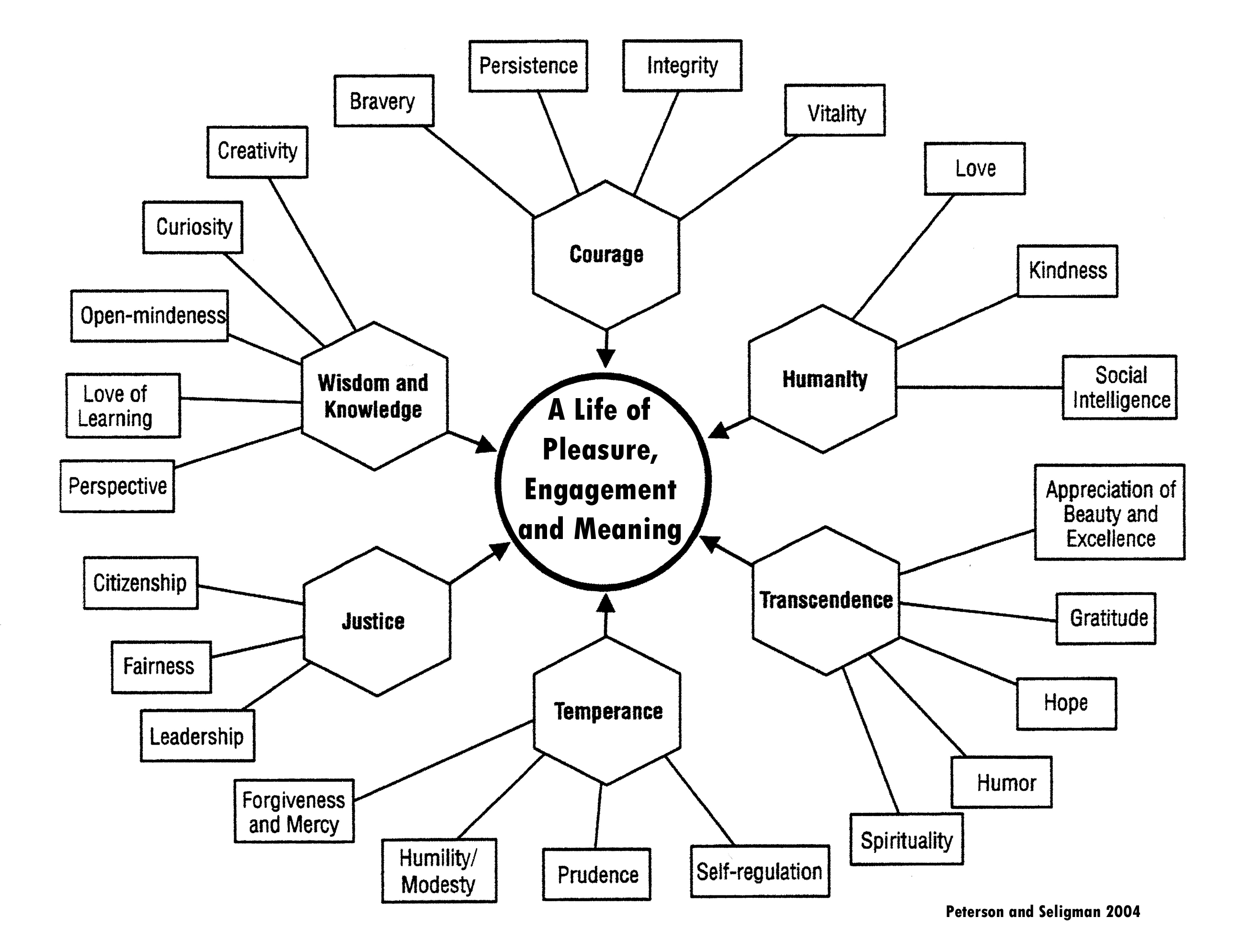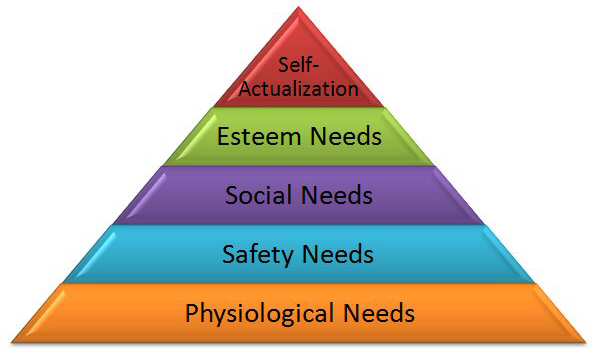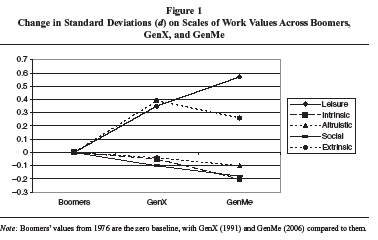Innovate on Customers’ Character Strengths
Tuesday, January 11th, 2011 Successful innovations offer features we really want in an easy to use package that also delight the senses. Wildly successful innovations go beyond core functionality, usability and sensorial design to inspire, enlighten and energize by moving our hearts and minds. But how do we understand the hearts and minds of others in order to successfully innovate? One way is to use the science of character strengths.
Successful innovations offer features we really want in an easy to use package that also delight the senses. Wildly successful innovations go beyond core functionality, usability and sensorial design to inspire, enlighten and energize by moving our hearts and minds. But how do we understand the hearts and minds of others in order to successfully innovate? One way is to use the science of character strengths.
Character strengths, for example humility, curiosity or bravery not only help define who we are but are windows into what is most likely to move our hearts and minds. Fortunately, we can cost effectively measure character strengths in sufficient detail to inform a design or innovation process. The best resource I have found (and have blogged on them before) is the VIA Institute of Character. Their model includes six main categories (wisdom, courage, humanity, justice, temperance and transcendence) with 24 specific strengths.
In about 30-40 minutes you can take a personal survey online for free. It identifies your signature character strengths or the keys to getting your heart and mind going. You can use the instrument with your clients or employees (approx $40 per survey). They also offer plenty of training and support options for learning to use the instrument.
I have used this framework to successfully deconstruct popular designs and forward engineer applications several times. My work is still in the early stages. I would like to hear from readers interested or experienced in using a character-based approach to defining needs and features for cognitive design.
Image Source: Strengths Picture












